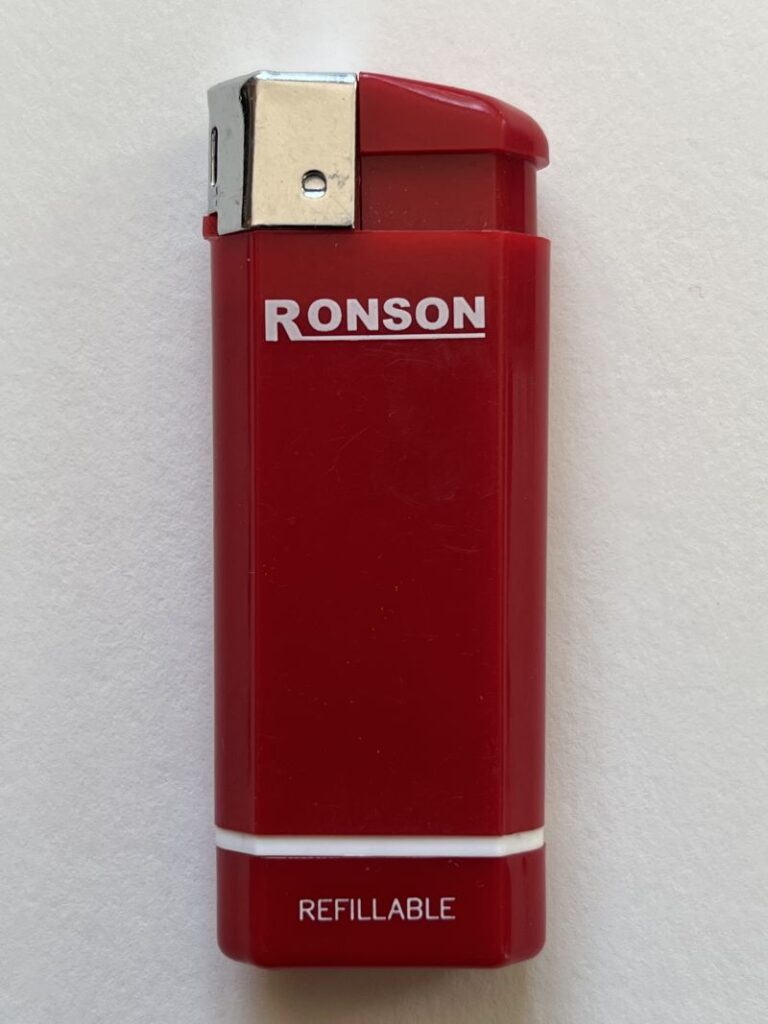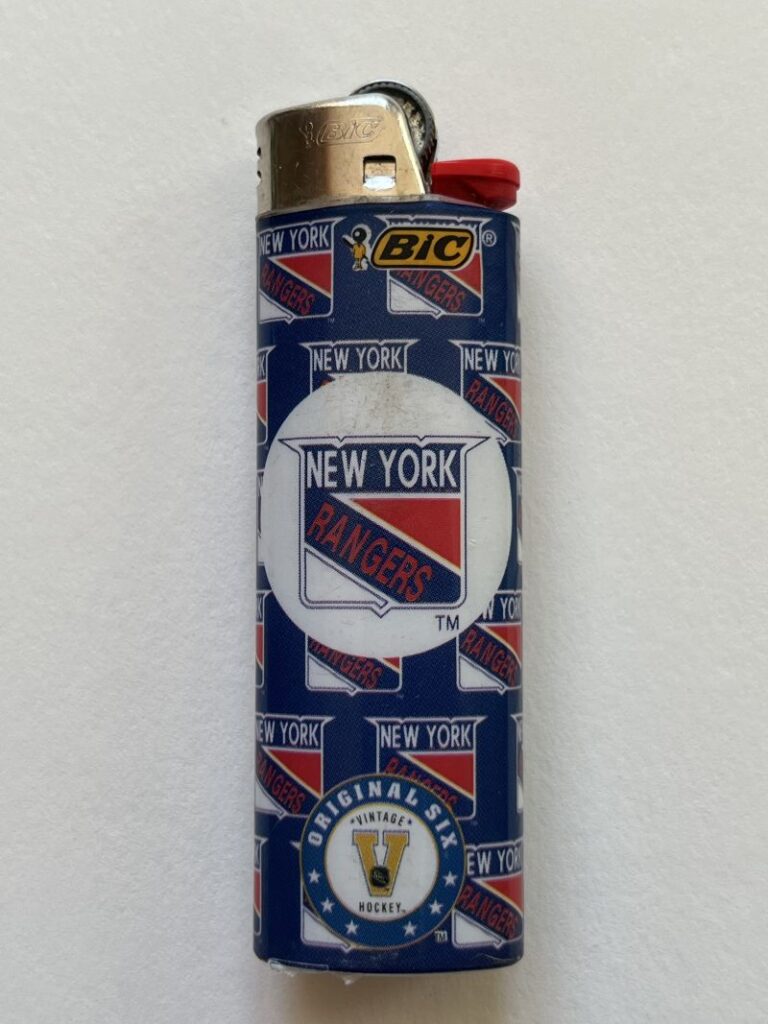A long time ago our hairy ancestors rubbed sticks together until there was smoke. If they were patient and rubbed some more—and were very, very lucky—a flame was born. While there is undeniable appeal to mastering these ancient ways, you might find a butane lighter more convenient and reliable for fire-making.
Of the various lighters available, those with piezo ignition are generally more suitable for the wilderness than traditional spark wheel lighters, especially in winter. Traditional lighters require a sequence of two actions to generate flame: 1) rapid rolling of a spark wheel, coordinated with 2) immediate pressure on a button to release flammable gas. By contrast, piezo ignition lighters require only rapid pressure on a single button, which is a distinct advantage when your finger dexterity is messed up—such as with injured, numb or stiff hands, or while wearing gloves. Most compelling, though, is that you don’t need to pack patience, luck, or bulky rubbing sticks.
Considerations:
- Basic piezo ignition lighters cost about the same as spark wheel lighters. Wind or stormproof versions are available at extra cost.
- Piezo ignition lighters cannot generate a shower of open sparks, as spark wheel lighters can.
- The piezo ignition mechanism may work poorly, or not at all, at higher altitudes.
- Avoid child resistant lighters, as the safety mechanism requires extra dexterity. This makes them harder to use, especially in winter.
- All butane lighters perform poorly when very cold. Warm them inside your clothing before use. Five minutes in an inner pocket—or in your underwear—should do it.
- Carry several different ways of starting stoves and fires, in case some fail. Rubbing sticks don’t count.


Categories: Camping, Food & Water, Survival & Rescue, Winter Conditions